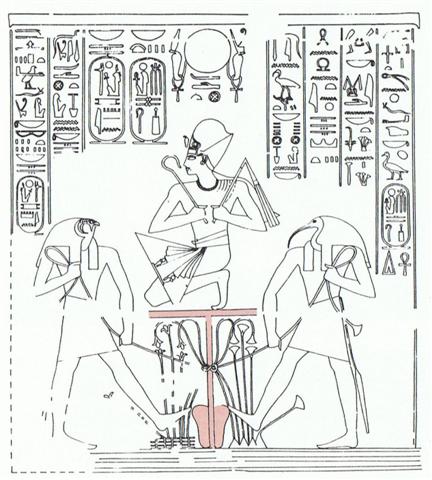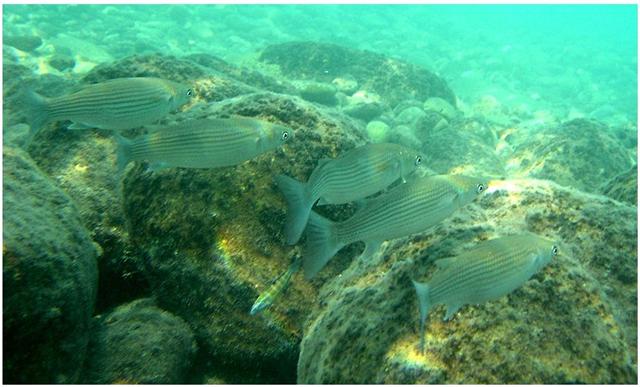|
TRANSLATIONS
Next page (with underpages) - in the series of pages from 'shown to be true' - referring to the statement that the reversed vaha kai in *Yc1-3 is a sign of birth:
The 'windpipe' idea came to me from the Egyptian sema sign:
Two lungs (at bottom) are united with a vertical wind pipe. The horzontal bar is not explained by Wilkinson, but I believe it is a kind of stone plug (papa the Polynesians would say) keeping the 'wind pipe' closed. If it was opened, then water would rush out (with all the mullet fishes).
If winter solstice is at Yc3-7 (Mars, 420, and with 3 * 7 = 21), then the other such hahe glyph could also be there, alternatively be at summer solstice:
420 maybe should be reduced to 300, because the 2nd group of 12 glyphs maybe should be reduced by half. 180 + 120 = 300. In G the same method of reduction could decrease 472 days to 236 + 118 = 354 = 12 * 29.5. The month should be counted only as 20 days. That is, the first 10 should have their full value, but the following 20 should be devaluated by half. In calendar II we could have 180 + 120 + 60 = 360. |
|||||||||||||||||||||||||||||||||||||||||||||||||||||||||||||||||||||||||||||||||||||||||||||||||||||||||||||||||||||||||||||||||||||||||||||||||||||||||||||||||||||||||||||||||||||||||||||||||||||||||||||||||||||||||||||||||||||||||||||||||||||||||||




